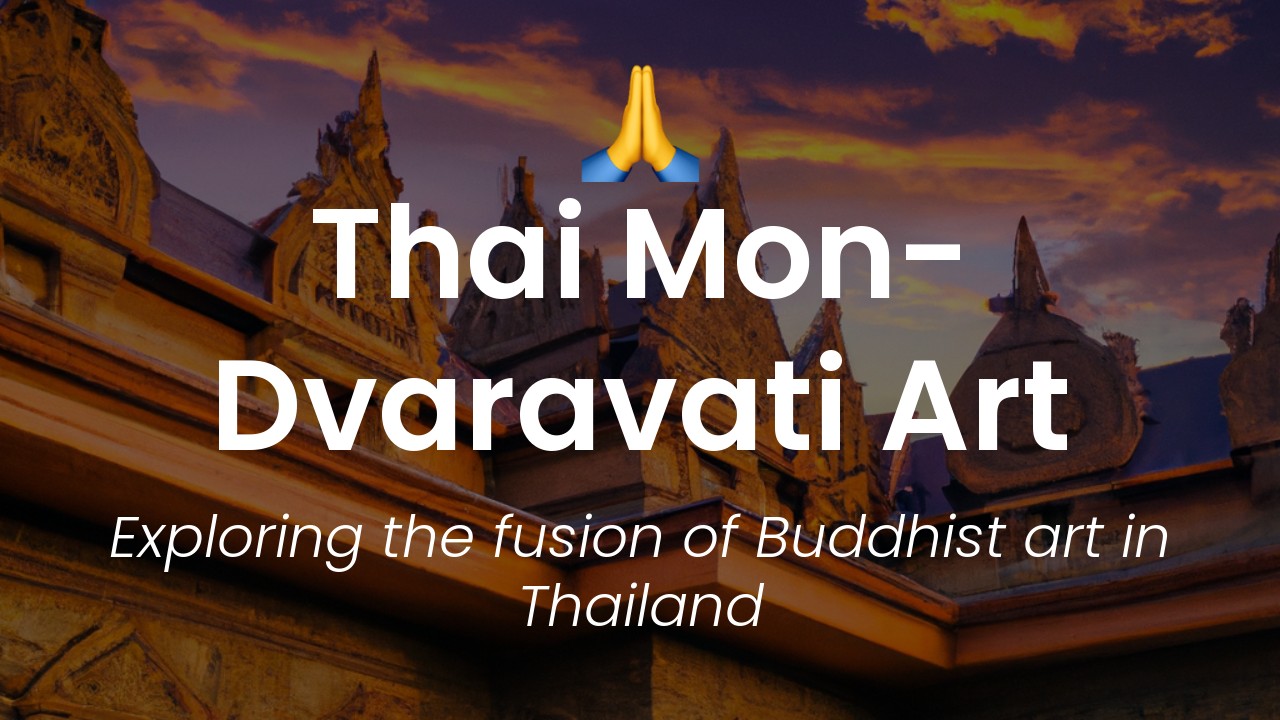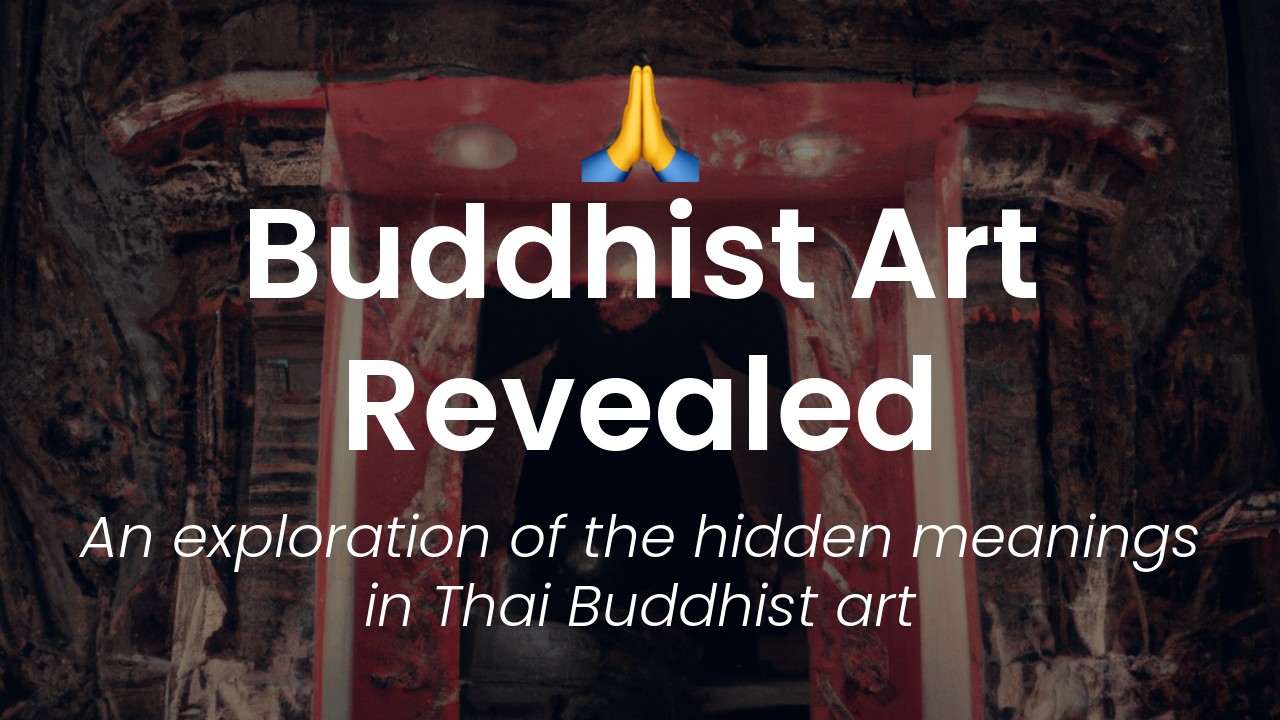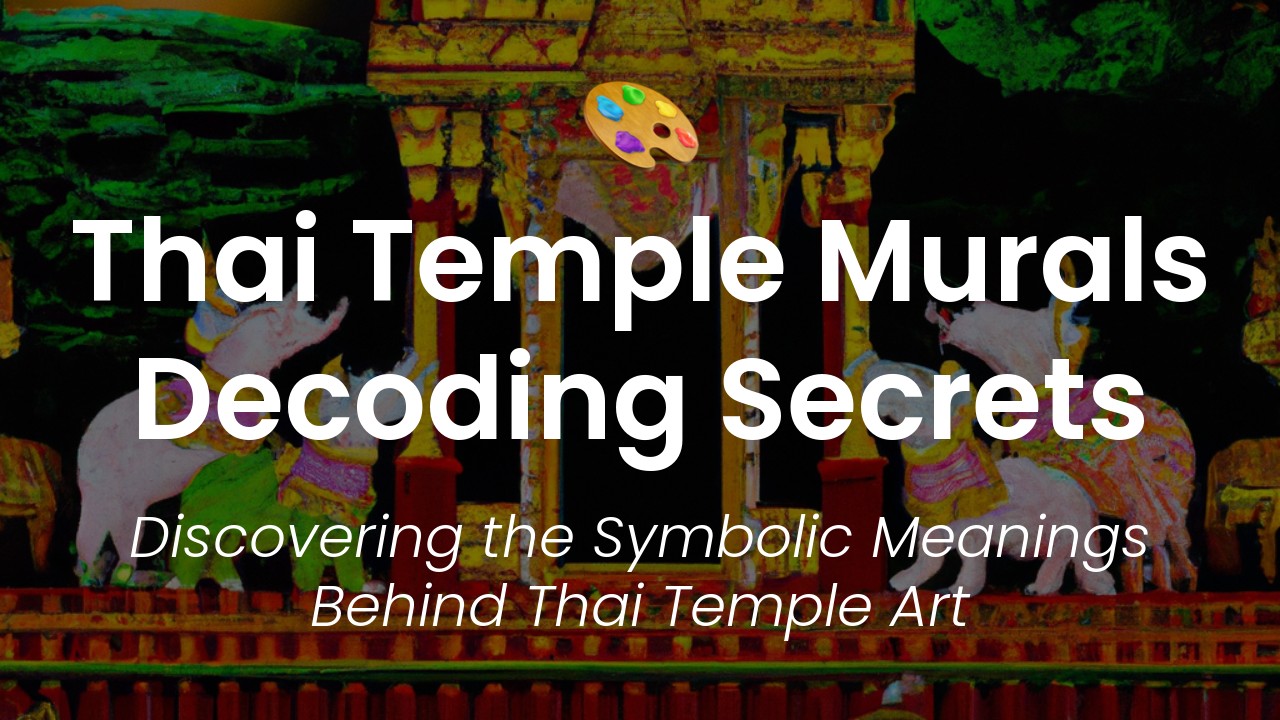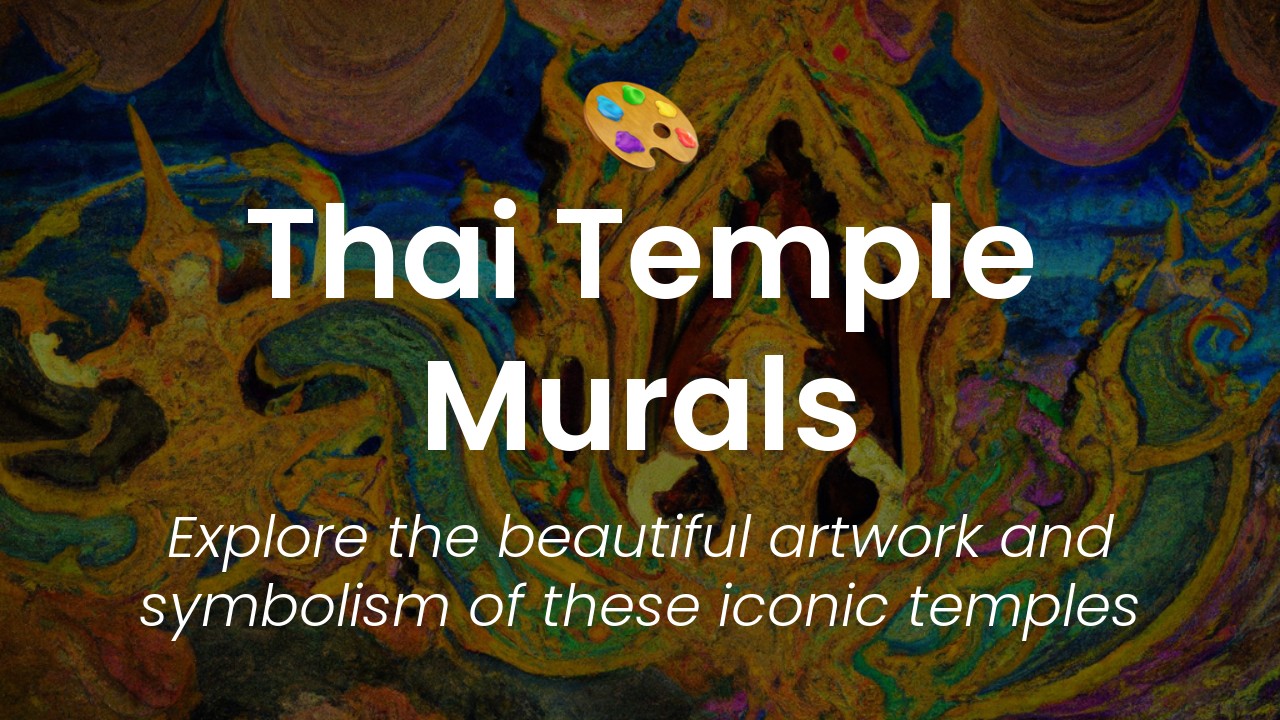As a Thai person, I am proud to share the rich culture and heritage of my country. One aspect of Thai culture that has always fascinated me is our Buddhist art. Thailand has a long history of practicing Theravada Buddhism and has been influenced by many other Buddhist traditions over the years. In particular, the Mon-Dvaravati style of Buddhist art has played a significant role in shaping the art and culture of Thailand.
The Mon-Dvaravati period is believed to have started around the 6th century AD and lasted until around the 11th century. During this time, the Mon people of central Thailand and the Dvaravati civilization of southern Thailand produced a distinctive style of Buddhist art. This art was heavily influenced by the earlier Indian Buddhist art traditions of Gupta and Pala, as well as the Khmer art traditions of Cambodia.
Today, one can still see the influence of Mon-Dvaravati art in many parts of Thailand. From ancient temples to modern art museums, the intricate designs and symbolic representations of this art continue to captivate visitors from around the world. In this article, I will share with you some of the most intriguing features of Mon-Dvaravati Buddhist art and where you can find them throughout Thailand. Join me as we discover the beauty and complexity of this fascinating art form.
Mon-Dvaravati Civilization
The Mon-Dvaravati period in Thai history refers to the period from the 6th century to the 11th century when the Mon and Dvaravati kingdoms thrived in modern-day central Thailand. These kingdoms formed the cultural and economic center of the region and left an indelible mark on the subsequent history of Thailand and Southeast Asia.
During this period, the Mon and Dvaravati created some of the most breathtaking works of Buddhist art. These works of art are a testament to the enduring influence of the Buddhist religion in Thailand and its cultural heritage.
Buddhist Art in Mon-Dvaravati
The Mon and Dvaravati were strongly influenced by the art of India and Sri Lanka. The works of art that they created during this period are characterized by their sophistication and beauty, as well as their attention to detail. The art of the Mon and Dvaravati was heavily influenced by Buddhism, and the works of art created during this period were predominantly focused on depictions of Buddha.
One of the most striking features of Mon-Dvaravati art is its use of dramatic and evocative symbolism. Mon-Dvaravati artists used intricate and complex imagery to convey Buddhist principles and teachings. The works of art created during this period are notable for their beauty, craftsmanship, and exquisite attention to detail.
Influence on Thai Art
The influence of Mon-Dvaravati art can be seen throughout Thailand's cultural history. From the temples and shrines of Bangkok to the ancient ruins of Sukhothai, Thailand is home to some of the most breathtaking examples of Mon-Dvaravati art in the world. The intricate and detailed designs used in Mon-Dvaravati works of art continue to influence Thai artisans today.
The influence of Mon-Dvaravati art can also be seen in the work of contemporary Thai artists. Many Thai artists continue to draw inspiration from the rich cultural heritage of their country, and the influence of Mon-Dvaravati art continues to be felt to this day.
Characteristics of Mon-Dvaravati Art
The works of art created during the Mon-Dvaravati period were characterized by their sophistication and beauty. The artists of this period were known for their incredible skill and attention to detail, creating works of art that were both evocative and symbolic.
One of the most striking features of Mon-Dvaravati art is the use of intricate and complex symbolism. The artists of this period used this symbolism to convey Buddhist teachings and principles. The intricate designs used by Mon-Dvaravati artists continue to be a source of inspiration for Thai artists today.
Depictions of Buddha
The works of art created during the Mon-Dvaravati period were primarily focused on depictions of Buddha. These depictions were characterized by their incredible detail and intricate designs. The artists of this period were experts at using intricate designs to convey the power and beauty of the Buddhist religion.
The depictions of Buddha created during the Mon-Dvaravati period were notable for their beauty and sophistication. Many of these depictions are still considered to be some of the finest examples of Buddhist art in the world.
Evolution of Mon-Dvaravati Art
Over the course of the Mon-Dvaravati period, the art created by the Mon and Dvaravati evolved and changed. The works of art created during this period were influenced by a variety of factors, including changes in religious beliefs and political upheaval.
Despite this evolution, the works of art created during this period continued to be characterized by their sophistication and beauty. The intricate and complex designs used by Mon-Dvaravati artists continue to be a source of inspiration for Thai artists today.
Where to See Mon-Dvaravati Art in Thailand
If you are interested in seeing examples of Mon-Dvaravati art, there are many places to visit in Thailand. Some of the most popular locations for seeing Mon-Dvaravati art include the ancient ruins of Sukhothai and Ayutthaya, as well as the many temples and shrines in Bangkok.
If you are interested in purchasing Mon-Dvaravati art, there are many galleries and shops in Thailand that specialize in this type of art. Some of the most popular galleries and shops can be found in Bangkok and in the ancient city of Chiang Mai.
In conclusion, the Mon-Dvaravati period was a time of great artistic and cultural achievement in Thailand. The works of art created during this period continue to influence Thai artists today and are considered to be some of the most beautiful examples of Buddhist art in the world. Whether you are interested in history, art, or Buddhism, the Mon-Dvaravati period is an important part of Thailand's rich cultural heritage and is well worth exploring further.





